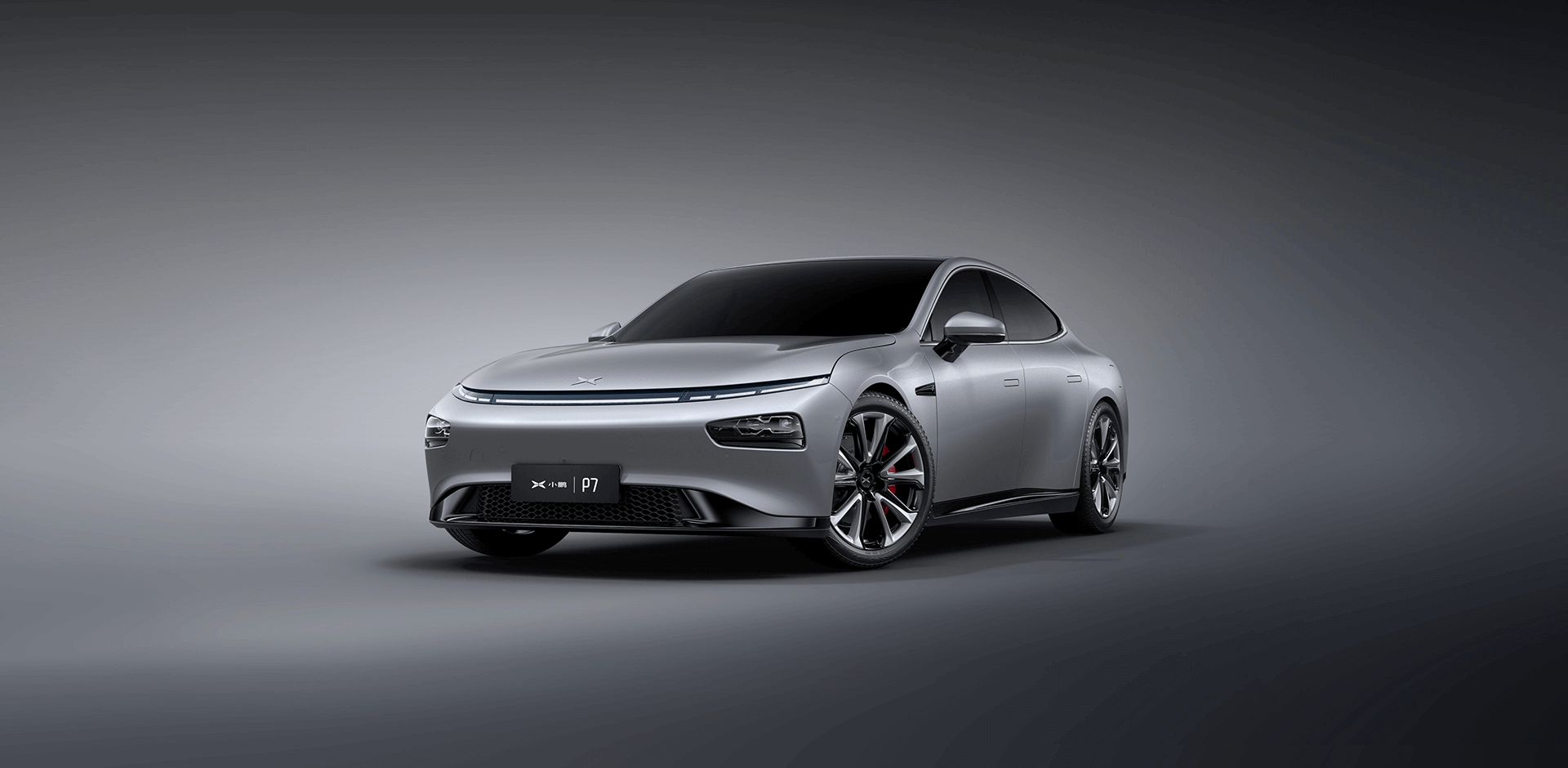The Rise Of Chinese Automakers: A Competitive Analysis

Table of Contents
Factors Contributing to the Success of Chinese Automakers
Several key factors have propelled Chinese automakers to their current prominence. These include significant technological advancements, cost competitiveness, and strategic government support.
Technological Advancements
Chinese automakers are at the forefront of electric vehicle (EV) technology, battery innovation, and autonomous driving capabilities. This commitment to innovation has allowed them to leapfrog some established players. Companies like BYD are leaders in battery technology and vertically integrated manufacturing, while others like NIO and Xpeng are pushing boundaries in autonomous driving features.
- Rapid adoption of EV technology: China's massive domestic EV market provides a fertile ground for rapid technological development and deployment.
- Government subsidies and incentives: Generous government support has accelerated the adoption of EVs and spurred innovation in related technologies.
- Investment in R&D: Significant investments in research and development are fueling advancements in battery technology, autonomous driving, and connected car features.
Cost Competitiveness and Manufacturing Efficiency
China's lower manufacturing costs offer a significant competitive advantage. This advantage is further enhanced by the efficiency of Chinese supply chains, allowing for economies of scale and quicker production cycles.
- Economies of scale: The sheer size of the Chinese automotive market allows for massive production volumes, leading to lower per-unit costs.
- Access to raw materials: China's access to critical raw materials, like lithium and cobalt, crucial for EV batteries, provides a competitive edge.
- Efficient manufacturing processes: Chinese manufacturers have implemented highly efficient production processes, leading to faster turnaround times and reduced costs.
Government Support and Policies
The Chinese government has played a pivotal role in fostering the growth of its automotive industry. Strategic policies, subsidies, and infrastructure development have created a supportive environment for domestic automakers.
- Strategic industrial policies: The government has implemented targeted policies promoting the development of EVs and related technologies.
- Investment in charging infrastructure: Massive investments in charging infrastructure are crucial for the widespread adoption of EVs.
- Export promotion initiatives: Government support helps Chinese automakers expand into international markets and compete with established brands.
Competitive Landscape and Market Share
The global market is witnessing a significant shift in market share as Chinese automakers aggressively expand their presence.
Global Market Penetration
Chinese automakers are rapidly increasing their export volumes and expanding into new markets across Europe, Asia, Africa, and beyond. They are progressively gaining market share, challenging the dominance of long-established global players.
- Increasing export volumes: Chinese auto exports are growing at a phenomenal rate, demonstrating their increasing global competitiveness.
- Expansion into new markets: Chinese brands are actively entering new markets, diversifying their sales and reducing reliance on the domestic market.
- Partnerships and acquisitions: Strategic partnerships and acquisitions are helping Chinese automakers gain access to technology, distribution networks, and expertise in international markets.
Competitive Advantages and Disadvantages
Chinese automakers possess several key strengths, but also face challenges in certain areas.
- Strong technological innovation: Their leadership in EV technology and commitment to innovation are major advantages.
- Price competitiveness: Lower manufacturing costs translate into more competitive pricing, appealing to price-sensitive consumers.
- Challenges in building global brand awareness: Building strong brand recognition and trust in international markets remains a key challenge.
Key Players and Their Strategies
Several key players are driving the expansion of Chinese automakers globally.
- BYD's vertically integrated business model: BYD controls the entire supply chain, giving it greater control over costs and quality.
- NIO's focus on premium EVs: NIO targets the high-end EV market with advanced technology and a premium brand image.
- Xpeng's autonomous driving technology: Xpeng is focusing on developing cutting-edge autonomous driving capabilities.
Future Outlook and Challenges
The future for Chinese automakers appears bright, but several challenges must be addressed.
Growth Projections and Market Trends
The growth trajectory for Chinese automakers is expected to continue, driven by the global shift towards EVs and increasing demand in emerging markets. However, intensified competition and potential regulatory hurdles could impact their progress.
- Continued growth in EV sales: The global transition to EVs presents a significant opportunity for Chinese automakers.
- Increasing competition from other global players: Established players are investing heavily in EVs, intensifying the competition.
- Potential regulatory hurdles in different markets: Navigating diverse regulations in different countries poses a challenge.
Addressing Challenges and Maintaining Momentum
Chinese automakers need to address several challenges to sustain their momentum.
- Investing in brand building and marketing: Building strong global brands is essential to compete effectively with established players.
- Diversifying supply chains: Reducing reliance on single suppliers helps mitigate supply chain disruptions.
- Navigating geopolitical risks: Geopolitical factors and trade tensions can impact their global expansion efforts.
Conclusion: The Future of Chinese Automakers in the Global Automotive Market
The rise of Chinese automakers represents a significant shift in the global automotive landscape. Their success is driven by technological advancements, cost competitiveness, and government support. While challenges remain, their continued growth and innovation are undeniable. To stay ahead in this rapidly changing market, keep following our analysis of Chinese automakers and their impact on the global automotive landscape.

Featured Posts
-
 Europe Rejects Ai Rulebook Amidst Trump Administration Pressure
Apr 26, 2025
Europe Rejects Ai Rulebook Amidst Trump Administration Pressure
Apr 26, 2025 -
 The Long Shot Ahmed Hassaneins Bid For An Nfl Draft Spot
Apr 26, 2025
The Long Shot Ahmed Hassaneins Bid For An Nfl Draft Spot
Apr 26, 2025 -
 The Long Reach Of The Presidency A Rural Schools Perspective 2700 Miles From Dc
Apr 26, 2025
The Long Reach Of The Presidency A Rural Schools Perspective 2700 Miles From Dc
Apr 26, 2025 -
 A Military Base In The Crosshairs Understanding The Us China Competition
Apr 26, 2025
A Military Base In The Crosshairs Understanding The Us China Competition
Apr 26, 2025 -
 Exclusive Look Inside Pentagon Leaks Internal Battles And Hegseths Reaction
Apr 26, 2025
Exclusive Look Inside Pentagon Leaks Internal Battles And Hegseths Reaction
Apr 26, 2025
